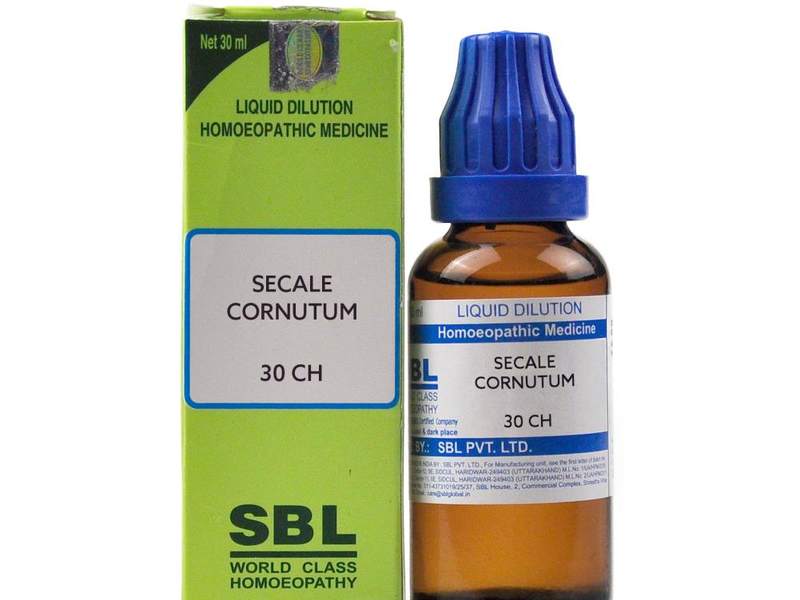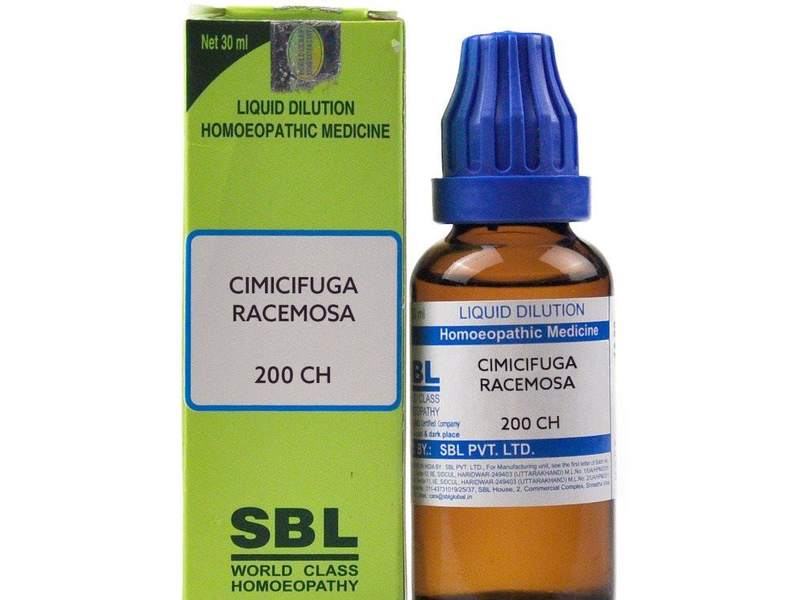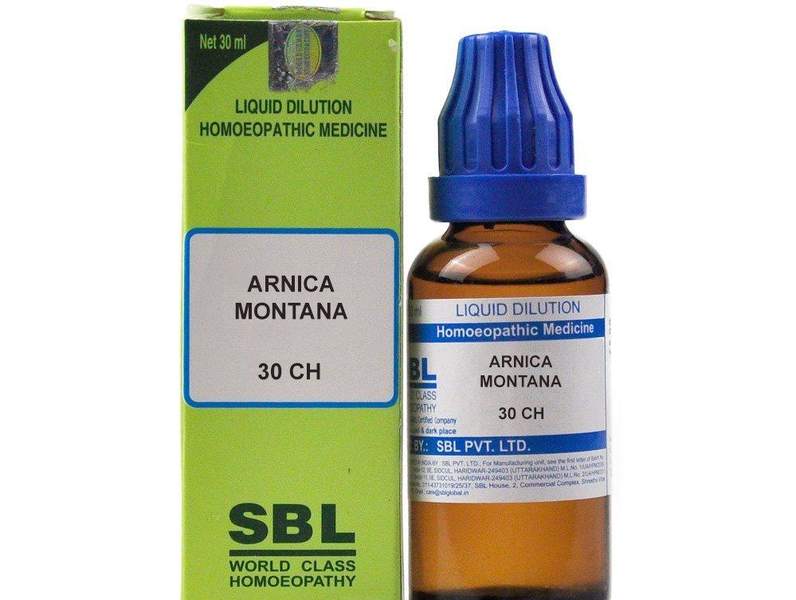Sarsaparilla Mother Tincture Uses, Benefits – Sarsaparilla Materia Medica
₹1,842.00 Original price was: ₹1,842.00.₹1,256.00Current price is: ₹1,256.00.
- Severe pain at conclusion of urination
- Pain from right kidney downwards
- Bladder distended and tender. Bloody, seminal emissions. Intolerable
stench on genitals.
Source: Vegetable kingdom
Synonyms: Wild liquorice, Similax
Family: Smilaceae
Prover: Dr Samuel Hahnemann
Duration of Action: 35 days
Introduction and History: The dried root or rhizome of Sarsaparilla, as imported, is of the thickness of a goose quil, many feet in length, reddish-brown, scentless, mucilaginous in taste, feebly bitterish and faintly acrid.
Habit and Habitat: It is found on the eastern slopes of the Mexican Andes, and furnishes the rot which is exported from Vera Cruz under the name of Sarasparilla.
Description: Smilax medica has an angular stem, with strong pickles at knots, and only a few at intervals. It produces leaves about 6 inches long, chartaceous, acuminate, cordate, ovate or hastate; and it bears umbels of flowers, which are succeeded by crimson berries, somewhat larger than the mountain ash.
Preparation and Parts Used: Triturations and tincture are prepared from the dried rhizome and root.
Constitution and Physiognomy: It is suited to dark haired persons, of lithic or sycotic diathesis. It meets syphilitic, sycotic and psoric constitutions.
Seat of Action (Pharmacodynamics): It mainly acts upon genitourinary organs, skin, bones and right lower extremity.
Physiological Action
- Sarasparilla is acrid and somewhat nauseous in taste.
- When used internally, it produces diaphoresis. When skin is kept cool, diaphoresis is not unusual.
- In large doses it produces nausea, vomiting and temporary loss of appetite.
- It acts as a narcotic, producing nausea, great prostration of strength, torpor and unwillingness to move.
Physio-pathological Changes (Pathology)
- It acts upon lymphatic system and acts as a general alterative that is, brings about changes in the lymphatic system, especially in scrofulous affections and tertiary syphilis.
- Acts on skin producing tettery eruptions and a yellow-brown colour of the skin.
- It’s important centre of action is on the kidneys, producing symptoms similar to gravel, lithiasis and urinary calculi.
Characteristic Mental Symptoms (Psychology)
- There is depression and anxiety from pain.
- Patient is always thinking about the food he has been eating, which causes nausea.
- Patient is easily offended. Taciturn. Despondent, gloomy without any cause.
Characteristic Physical Guiding Symptoms
Headache and periosteal pains: Generally from mercury, syphilis or suppressed gonorrhoea.
Children: Face is like old people; with an enlarged abdomen and dry, flabby skin.
Herpetic eruptions: On all parts of the body.
Ulcers: Ulcers after abuse of mercury, in syphilis.
Skin: Rash from exposure to open air; dry, itch-like eruptions, prone to appear in spring; become crusty.
Urinary: There are severe, almost unbearable pains at conclusion of urination.
Renal calculi: Passage of gravel or small calculi; renal colic; stone in bladder; bloody urine.
Urine
- Urine is bright and clear but irritating; scanty, slimy, flaky, sandy, copious, passed without sensation; deposits a white sand.
- Painful distention and tenderness in bladder; urine dribbles while sitting; passes freely while standing; air passes from urethra.
- Sand in the urine or on the diaper; child screams before and while passing urine.
Gonorrhoea: Checked by cold, wet weather or mercury; followed by rheumatism.
Neuralgia or renal colic: Excruciating pains from right kidney downwards.
Genitals: There is an intolerable stench on the genital organs; fluid pollutions; bloody seminal emissions.
Retraction of nipples: Nipples are small, withered, unexcitable.
Rheumatism: Bone pains after mercury or checked gonorrhoea; pains worse at night, in damp weather or after taking cold water.
Eruptions: There are itching eruptions on forehead during menses.
Rhagades: Skin is cracked on hands and feet; pain and burning, particularly on sides of fingers and toes; skin hard, indurated.
Important Characteristic Features
Urinary affections: It is a very useful medicine for painful urination, extorts screams; worse at the close of urination. Patient can pass urine only when standing, during the day, but at night urine flows freely in bed; it dribbles while sitting. There is urging to urinate before menses. Patient passes drops of blood or white acrid material at the close of urination. There is a sandy deposit in the urine or on the diaper; pus in urine. Crusty urinary sediment. Air passes from bladder during urination. Pain in urethra going back to the abdomen. There is jerking along the urethra. Right sided renal colic.
General Modalities
Aggravation: At the close of urination, in spring, cold, wet, from mercury, at night, from suppressed gonorrhoea, yawning, motion, going up and down the stairs.
Amelioration: Uncovering neck and chest, standing.
Remedy Relationships
Complementary: Merc, Sep.
Precedes well: Bell, All-c, Hep, Merc, Phos, Rhus t, Sep, Sulph.
Comparison
Child has frequent urination; screams before urine passes: Lyc, Sanic, Sars.
Matted hair with crusts and vermin: Bar-c, Sars, Psor, Tub.
Dosage: First to sixth potency.
Repetition: Bears repetition well.
Therapeutic Value: Chronic gout, Crusta lactea, Haematuria, Haemorrhoids, Herpes nasalis, Hydrargyrosis, Lithiasis, Marasmus, Renal colic, Rhagades, Rheumatism, Senile gangrene, Varicose ulcers, Varicose veins, etc.
Related products
Homeopathic Medicine
Homeopathic Medicine
Antimonium Crudum ( Antim Crud ) – Antimonium Crudum Materia Medica
Homeopathic Medicine
Homeopathic Medicine
Homeopathic Medicine
Homeopathic Medicine
Homeopathic Medicine
Homeopathic Medicine











